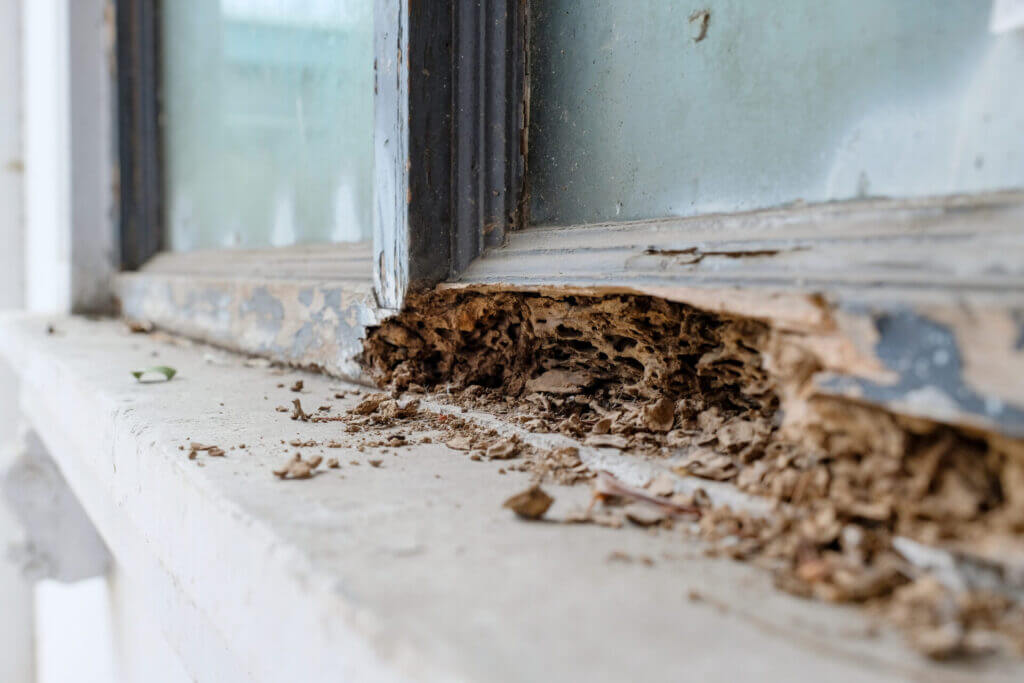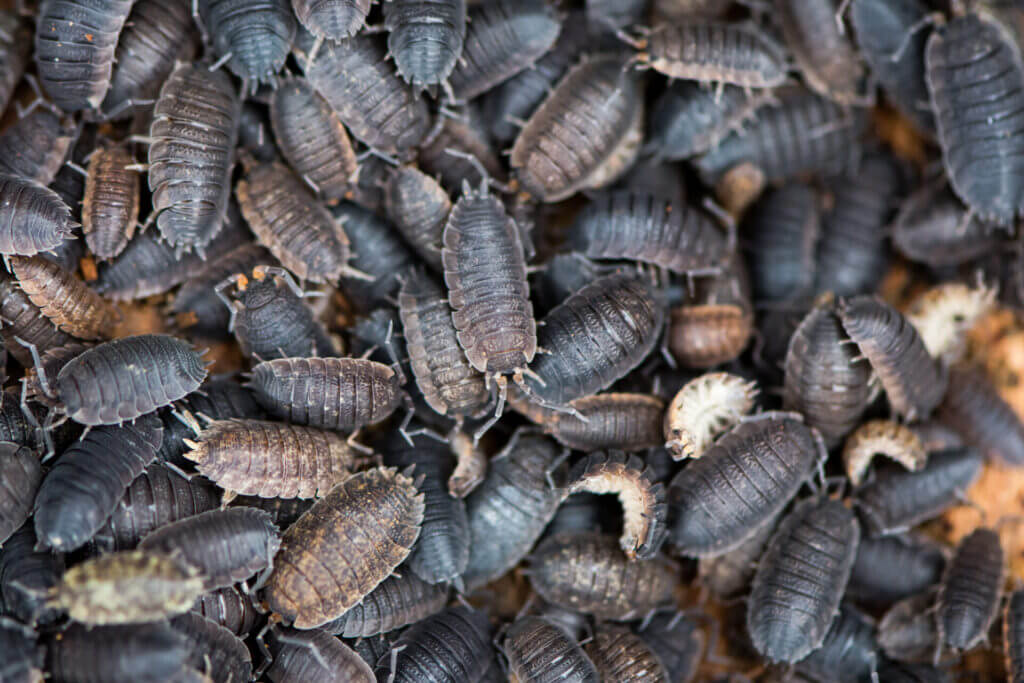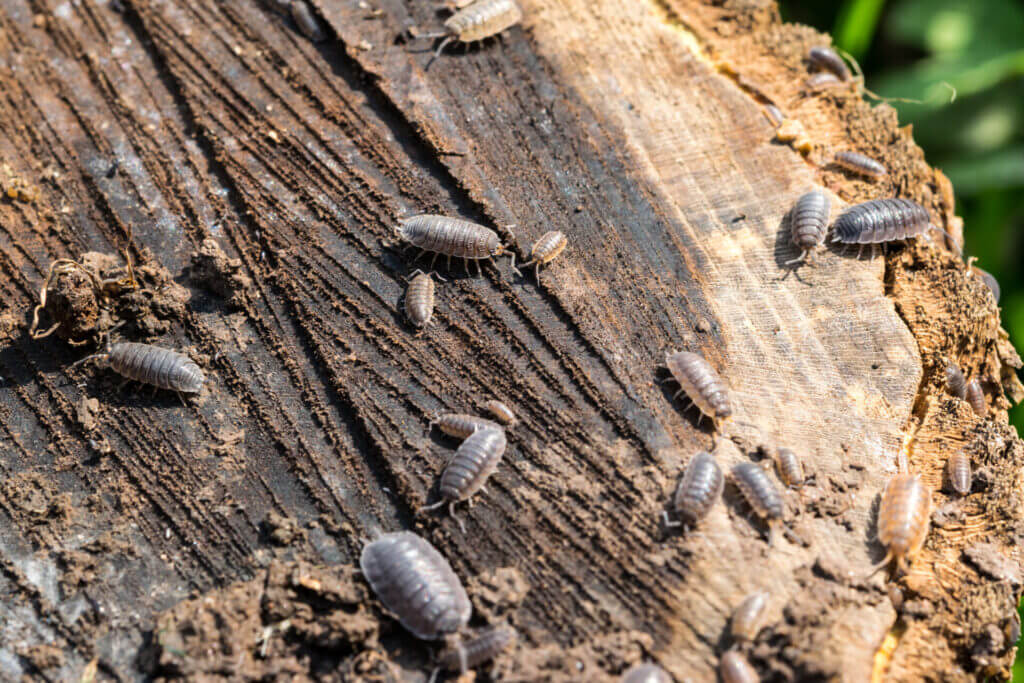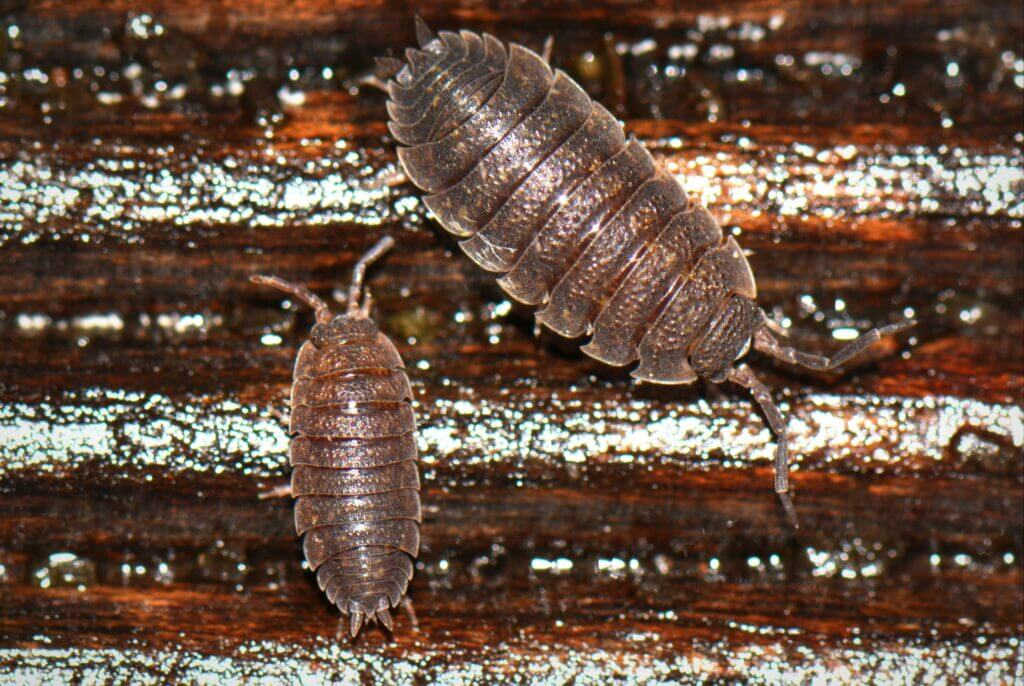How To Control Woodlice
Wondering how to get rid of woodlice? Woodlice and Pillbugs tend to be more prevalent in the autumn, winter and spring. Due to dry conditions, woodlice are much less of a problem in the summer months and controlling them will be much easier.
One of the simplest ways to get rid of woodlice is to invest in some suitable woodlice killer products. At Pest Control Direct, we have a large selection of woodlice pest control products that are safe to use in the home. You can choose which products suit your particular problem or feel free to call us for advice.
If you would also like to learn more about woodlice and how to control them, here is some information and advice about dealing with a woodlouse infestation.
In this article we will cover:
Woodlouse and Pillbug Basics – What Are They?
Woodlice, which are not known to transmit disease, may cause superficial damage to decorations and possibly furnishing in your home. You may have noticed that they leave a stain if you crush them on the carpet. Normally, damp areas attract woodlice but in most cases, these crustaceans enter your home by accident and are found just wandering around. Woodlice will die in most home environments as they are damp lovers and are soon dehydrated by our warm indoor environments.
Woodlice (order Isopoda) can be found throughout the UK and there are three main species, Armadillidium Vulgare or Pill Wood Louse. Oniscus asellus the Common Wood Louse is the largest of the woodlice found in the UK being up to 15mm in length. Porcellio scaber is narrow with dull, rough segments. The exoskeleton is divided into segments and the woodlice have up to 14 legs.
Woodlice feed on mould growth, leaves and rotting wood, they are known to damage wallpaper which may be due to feeding on minute mould growth on the paper causing incidental damage. Woodlice may be found anywhere in your home but most commonly will be found on the ground floor having entered via poor seals around doors and windows or through air vents. Woodlice can however live in roof voids and in damp bathrooms and toilets.
Evaluation and preparation for treatment
Woodlice and Pillbugs are outdoor pests that accidentally venture into the home, usually due to there being large numbers of woodlice living outside close to the perimeter of the building.
To reduce woodlice and pillbugs from outdoors it is adviseable to move any freestanding pots and tubs away from the walls of the house/property. Woodlice like to live under these.
Seal any cracks in the mortar joints of paving around the house and seal around window and door frames with a mastic sealant.
Remove vegetation from close adjacent the building, especially plants that grow up external walls, such as Ivy.
Where woodlice are evident in a roof void or turning up in top floor rooms, it is possible they are breeding in the guttering. Guttering should be cleared of debris to ensure there is no harbourage for woodlice in the gutters.
Prevention is always better than cure where woodlice and pillbugs are concerned.
If you do not wish to use chemicals to control woodlice, we have a non toxic powder that can safely be applied indoors and in dry areas outdoors
Effecting a Woodlouse Control treatment
If you have done enough reading, you can buy a Woodlice Treatment Pack that contains everything needed for treatment of the average-sized home, complete with instructions.
Woodlice are easily eliminated with woodlice sprays and dusts. When applying insecticidal powders and sprays, keep children and pets away from the area until surfaces are totally dry.
Pesticide sprays such as Pro-Active C Woodlice Killer, are very effective in killing woodlice however, treatment indoors alone will probably not control the problem totally. Woodlice originate from outdoors and to gain good and effective control, you will need to take action outside the home in addition to internal control measures.
Ensure that you eliminate damp areas in your home by either heating more effectively or stopping leaking taps or water dripping through poorly fitted worktops, baths and sinks. Seal as many gaps as you can find with a good sealant and ensure door draught excluders are not damaged.
Outdoor Woodlouse Control Measures
Preventing woodlice from entering the house is your target result. Remove vegetation from around the perimeter of the home. Woodlice thrive on vegetable and organic matter so removing any such matter from around the perimeter will help. Re-point walls if there are gaps in the pointing as woodlice are well known for living in old garden walls. If you are really serious, you may want to check your gutters as debris in gutters provides good food and harbourage for the woodlouse.
Apply an insecticidal powder such as Rentokil Ant & Crawling Insect Killer to wall bases around the property, into air bricks, firstly checking that the air brick does not lead into a cupboard or directly into the home, most air bricks lead to the subfloor area where woodlice are happy to live and are able to access your living area from there.
All Guides on Woodlice Control
Woodlice / woodlouse control frequently asked questions
Signs of a woodlice infestation include seeing live woodlice, finding woodlice in moist or damp areas, or noticing damage to plants or wood structures.
Woodlice can enter homes through small openings or cracks in the walls, floors, or foundation, or through doors and windows that are left open. They are attracted to moist or damp areas and may be drawn to homes that have high humidity levels or water leaks.
To prevent woodlice from entering your home, seal any potential entry points, remove any sources of moisture or standing water, and reduce humidity levels by using a dehumidifier or ventilation.
If you have a woodlice infestation, it is recommended to contact a pest control professional for assistance. Woodlice can be difficult to control once an infestation has occurred and can cause damage to plants and wood structures.
Woodlice are not generally dangerous to humans and do not transmit diseases. However, they can cause damage to plants and wood structures by feeding on them.
To get rid of woodlice, it is recommended to contact a pest control professional who can identify and eliminate the problem using a variety of methods, such as chemical pesticides, physical barriers, and pest-proofing techniques.
To prevent woodlice from returning, it is important to continue to seal any potential entry points, remove any sources of moisture or standing water, and reduce humidity levels by using a dehumidifier or ventilation. Regular inspections and preventive measures can help to reduce the risk of a woodlice infestation.
While there are some home remedies that may help to deter woodlice, such as using essential oils or diatomaceous earth, they are generally not effective at completely eliminating an infestation. It is recommended to contact a pest control professional for the most effective solution.
Woodlice are active throughout the year, but they may be more visible during the spring and summer when they are searching for food and moisture.






